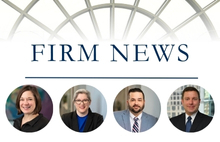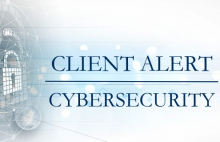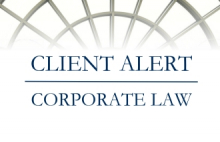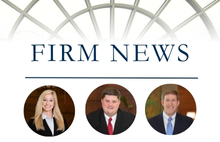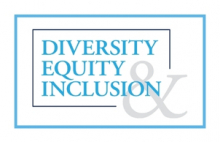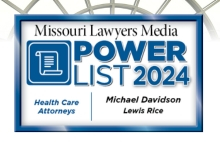The Changing Workplace Following the Latest CDC Mask Guidance
May 26, 2021As most employers are now aware, the Centers for Disease Control and Prevention (“CDC”) recently issued updated COVID-19 guidelines stating that individuals who are fully vaccinated against COVID-19 are no longer required to wear a mask in most indoor and outdoor settings. The Occupational Safety and Health Administration (“OSHA”) subsequently advised employers to follow the CDC mask guidance until OSHA updates its own COVID-19 guidelines. While the CDC guidance gave hope for a speedy return to “normal,” it also raised a host of new concerns for employers trying to manage a workforce comprised of both vaccinated and unvaccinated workers. This alert identifies some common issues with which employers have been wrestling following the CDC’s recent guidance.
Does the CDC Mask Guidance Supersede State or Local Orders?
No. As we have learned throughout the pandemic, CDC guidance must be viewed in tandem with state and local health orders. As of this writing, however, fully-vaccinated people are free to go mask-free in many places, including most places in Illinois and Missouri (including St. Louis City and County and Kansas City).
Can an Employer Inquire into Employees’ Vaccination Status?
Yes, but beware of follow-up questions. The Equal Employment Opportunity Commission has explicitly stated that an employer’s asking an employee whether he or she has been vaccinated is not a prohibited medical inquiry governed by the Americans with Disabilities Act (“ADA”). Thus, an employer may ask employees about their vaccination status in order to determine which employees can safely work without a mask. Employers should take steps, however, to ensure the inquiry does not spill over into potentially protected topics. For example, if an employee responds that he or she is not vaccinated, the employer should not require the employee to disclose why he/she is not fully vaccinated. Requiring such an explanation from employees could constitute a “disability-related inquiry” due to the real possibility that it might elicit information regarding a medical condition. Limiting the inquiry to the simple question of whether or not an employee is fully vaccinated reduces the risk of inadvertently running afoul of the ADA and other laws governing medical inquiries in the workplace.
Naturally, coworkers may draw conclusions about others’ vaccination status based upon which employees continue to wear masks in the workplace. Because some fully vaccinated employees may, nevertheless, choose to wear masks, those inferences may be inaccurate. Because the reasons an employee remains unvaccinated may prompt medical-related follow-up questions, employers should take reasonable precautions to ensure employees’ vaccination status is kept confidential and only disclosed on a need-to-know basis.
Can an Employer Continue to Require Non-Vaccinated Employees to Wear Masks?
Yes. The new CDC mask guidelines only exempt “fully vaccinated” individuals, and they specifically state that individuals who are not fully vaccinated must “keep taking all precautions until . . . fully vaccinated.” According to CDC guidance, a person is considered fully vaccinated two weeks after their second dose in a two-dose series, such as Pfizer or Moderna, or two weeks after a single-dose vaccine, such as Johnson & Johnson.
Given the often strong and sometimes polarizing opinions about vaccination, employers once again find themselves in a difficult position. Requiring only unvaccinated employees to remain masked risks the perception of singling them out and also presents an ongoing enforcement challenge to make sure the mask guidelines are actually followed by this subset of unvaccinated workers. But continuing to require universal mask-wearing would likely be unpopular with vaccinated and unvaccinated alike. Faced with these difficult options, employers must think carefully about their workplace dynamic and make the best decision they can for their particular operation. That said, the most pragmatic approach may be to simply follow the CDC guidelines. Each employer will have different circumstances and, thus, enforcement decisions will vary from workplace to workplace.
Employers should consider appropriate opportunities to emphasize their employee conduct, open door and workplace violence prevention policies. Ultimately, the goal should be to provide a safe and productive work environment. Careful application of existing policies and prompt management responses to conflict are two ways employers can successfully navigate this latest of many challenges presented by the pandemic.
For more information and guidance on implementing COVID-19 workplace policies, contact one of the authors of this alert, or any member of Lewis Rice’s Labor & Employment Group.

